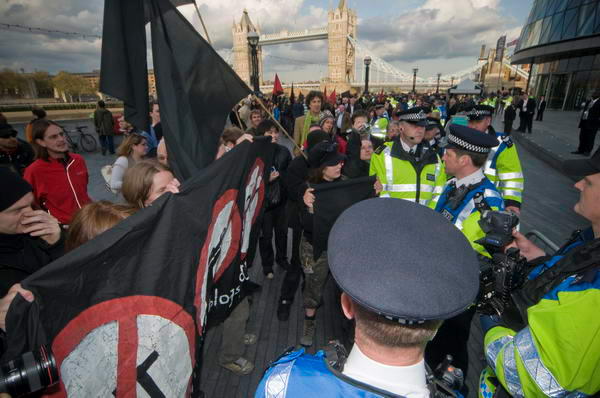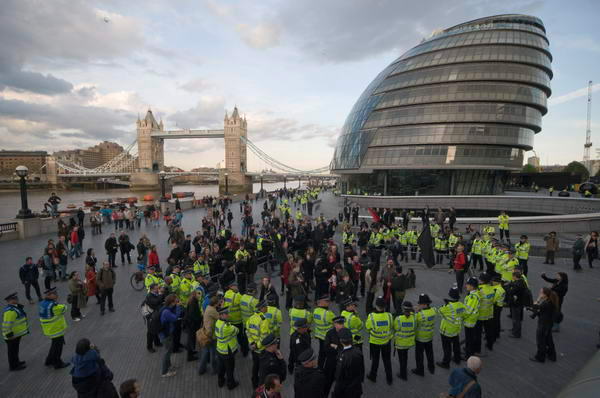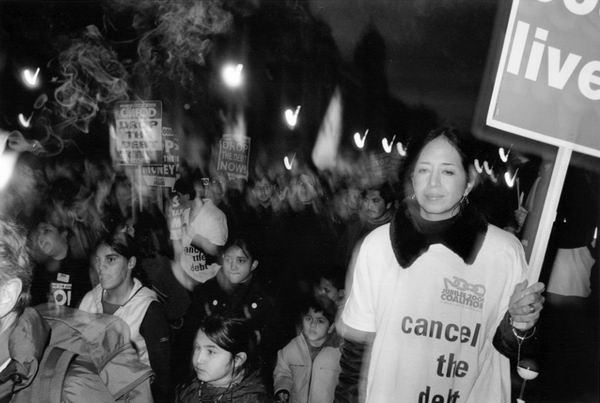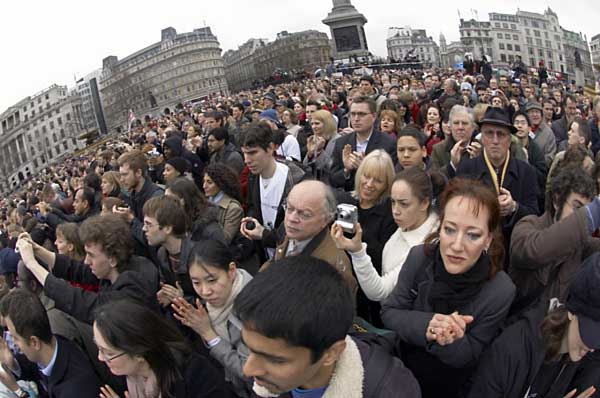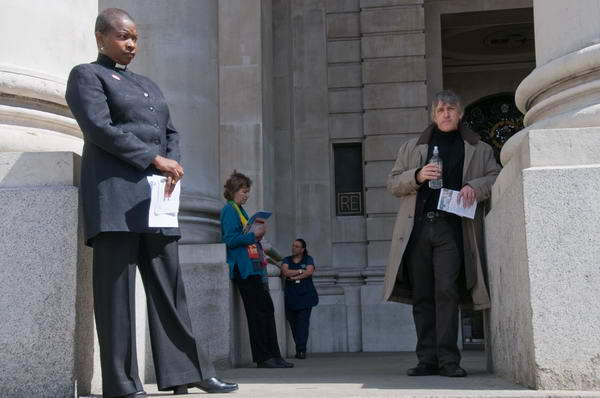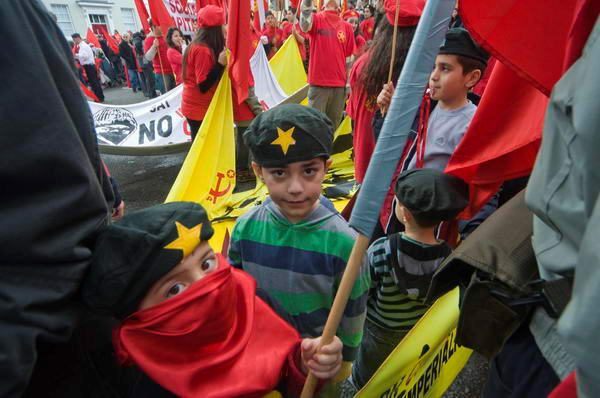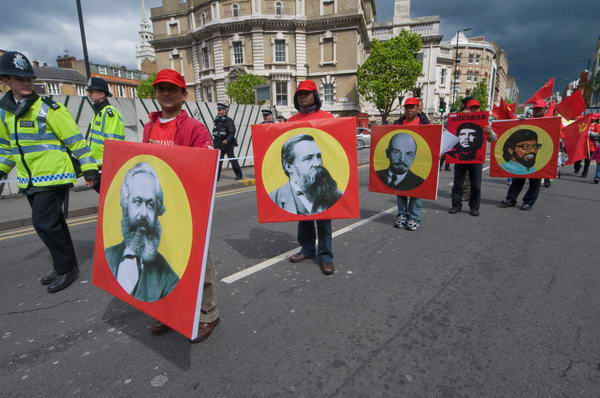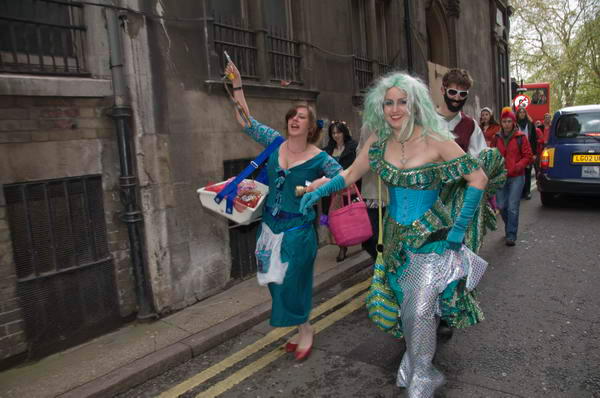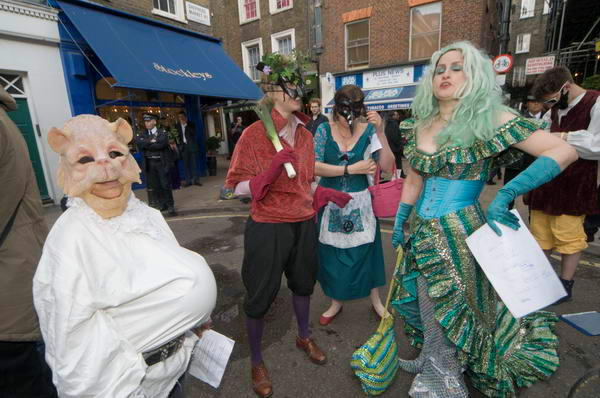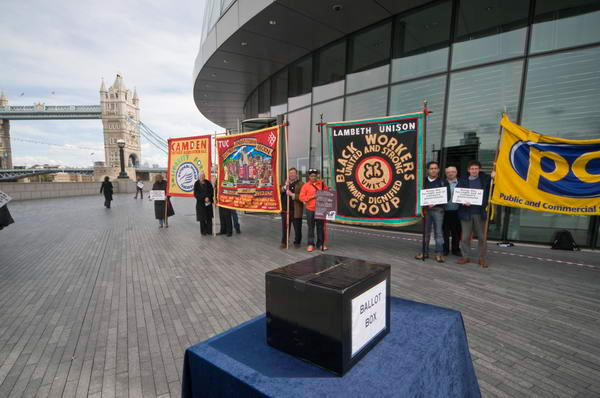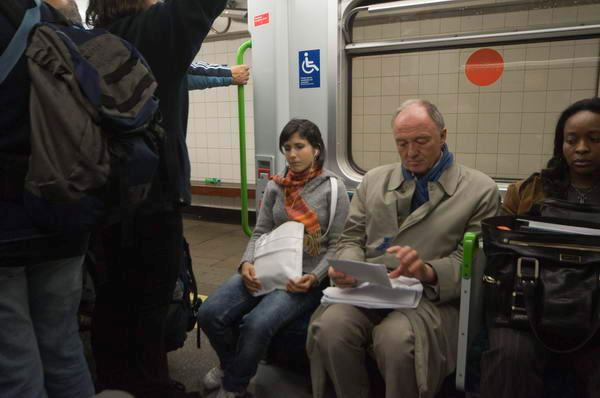The New York International Centre of Photography (ICP) has been an important institution in photography since it was founded in 1974 by Cornell Capa – or rather even before that, when in 1966 he set up the International Fund for Concerned Photography to keep alive the kind of humanitarian documentary epitomised by the work of his brother Robert Capa and colleagues Werner Bischof, David “Chim” Seymour and Dan Weiner, all of whom had recently been killed. The ICP was set up as a home for the Fund, but since then has continued to develop, particularly with its expansion into new facilities in 1999-2001, which, among other things doubled its teaching space.
2008 is the 24th year of its annual Infinity awards, already announced but presented at a Gala ceremony next week. The Lifetime Acheivement goes to Malian photographer Malick Sidibe (b1935), who opened his studion in Bamako in 1962. His portraits have become very well known over recent years, and he won the Hasselblad Foundation International Award in 2003.
Another much younger African photographer I’ve written about previously is
Mikhael Subotzky (b1981) who gains the Young Photographer award. He was one of the more interesting photographers in PDN’s 2008 top 30.
Taryn Simon (b1975), whose work from An American Index of the Hidden and Unfamiliar was one of the more interesting shows at the London Photographers’ Gallery last year gets the Publication Award.
Canadian photofgrapher Edward Burtynsky , another photographer I’ve written about previously elsewhere, gets the Art award.
Bill Jay, winner of the Writing award, will be a familiar name to many in the UK, although he left here – having edited Album and more importantly Creative Camera in the time it emerged from Camera Owner. Ity was a crucial start, although the magazines best days were under the editorship of Peter Turner.
More British interest – though again from an expat – comes with Craig McDean (b 1964) who gets the Applied/Fashion/Advertising Photography award. Born in Middlewich, Cheshire, he got into photography with pictures of his rocker friends, moving down to London to work for i-D and The Face. He now lives and works in New York, and his fashion pictures have been in W, American, French, and Italian Vogue, Another Magazine, The New Yorker in campaigns for Armani, Gucci, Yves Saint Laurent, Hugo Boss, and Estée Lauder and many more.
Its a second Infinity award for American photojournalist Anthony Suau (b 1956) who gained the the Infinity Young Photographer Award in 1986, two years after he won a Pulitzer in 1984 for his pictures of the famine in Ethopia. He went on to add the World Press Photo in 1987 and the Robert Capa Gold medal in 1995 for his work in Chechnya, and now the Infinity Photojournalism award.
Suau has been a contract photographer for TIME magazine since 1991, and his Beyond The Fall (1989-99) is a 10 year photography project portraying the transition of the Eastern block starting from the fall of the Berlin wall. Based in Europe for 20 years, he now lives and works in New York City.
Diane Keaton, who wins the ICP Trustees Award is deservedly best known as the star of many films including Annie Hall, for which she won an Academy Award as best actress. She has always been passionate about photography and has published three books of her picrtures, starting with Reservations, a collection of photos of hotel interiors, published in 1980 (about which some reviewers also had reservations), as well as editing or co-editing several collections of vintage photographs.
